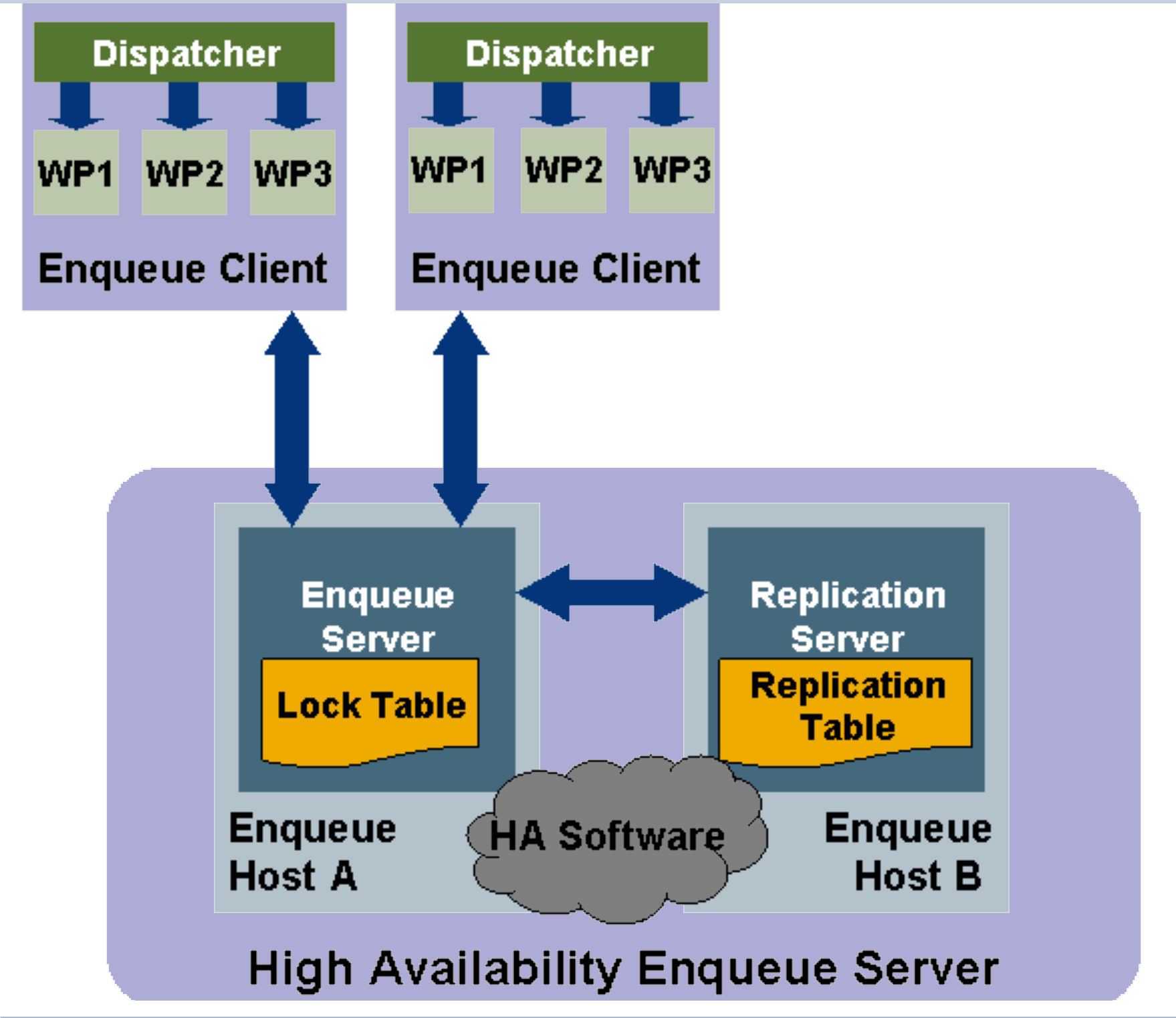
# standalone enqueue details from (A)SCS instance # Settings for enqueue monitoring tools (enqt, ensmon)

Parameters for the replication instance (example):Īssociated instance profile _ERS11_ershostname: Parameters for the SCS instance (example): Create an instance profile (not a symbolic link to a common file – it does not work) in the profile directory. If you are using a local profile directory insert the following profile parameter into the start profile of the ERS instance: DIR_PROFILE = $(DIR_INSTANCE)/profileĢ. _ER = er.sap$(SAPSYSTEMNAME)_$(INSTANCE_NAME)Įxecute_02 = local ln -s -f $(DIR_EXECUTABLE)/enrepserver $(_ER) SETENV_01 = LD_LIBRARY_PATH=$(DIR_EXECUTABLE)Įxecute_00 = immediate $(DIR_EXECUTABLE)/sapcpe$(FT_EXE) $(_CPARG0) pf=$(_PF) SETENV_00 = PATH=$(DIR_INSTANCE)/exe:%(PATH) # Special settings for this manually set up instance The corresponding start profile START_ERS11_ will look like: The corresponding replication instance might look like this: The SCS instance could also have the following parameters: Create a new start profile (not a symbolic link to a common file – it does not work) for the ERS instance in the profile directory.Create a sapcpe list file with the name ers.lst in directory /usr/sap//ERS11/exe.Copy the following files from the executable directory /sapmnt//exe/servicehttp/sapmc into directory /usr/sap//ERS11/exe/servicehttp/sapmc:.Depending on the platform and whether Unicode is used, there may not be as many files. The files can have different extensions on different UNIX platforms. Copy the following files from the executable directory /sapmnt//exe into directory /usr/sap//ERS11/exe:.: Instance number of the new instance (here 11).: System ID of the SAP system to which the new instance belongs.ERS: prefix for the enqueue replication server.The DIR_CT_RUN for the ERS instance profile to be created should then be the DIR_EXECUTABLE of the SCS instance.Ĭreate the following directory structure on the enqueue replication server (ERS): The directory determined by DIR_EXECUTABLE for the system without DIR_CT_RUN in the SCS instance profile.

The DIR_CT_RUN for the ERS instance profile to be created should then be the same as for the SCS instance. The directory determined by DIR_CT_RUN for the system with DIR_CT_RUN in the SCS instance profile.Under administrator user adm perform the following steps on the both physical servers. TRUE: Waits for response from the enqueue server (synchronous)įALSE: Does not wait for response (asynchronous) The parameter can have the following values:

The parameter enque/deque_wait_answer determines whether dequeue (removal of locks) is done synchronously or asynchronously. Set the parameter enque/deque_wait_answer = TRUE for the enqueue clients (application server instances) in the default profile. Profile Parameters for the Enqueue Clients Preparation Profile Parameters for the Standalone Enqueue Server (SCS)Īctivate replication by setting parameter enque/server/replication = true in the in the instance profile of the standalone enqueue server (_SCS_hostname). This document contains all the steps to be performed for preparing, configuring, testing and trouble-shooting an ERS instance. All transactions that have held locks must therefore be reset.įor this reason, the enqueue replication server (ERS) is started on another machine which together with the standalone enqueue server (SCS) provides a high availability solution. If the host fails, this data is lost and cannot be restored even when the enqueue server is restarted. The enqueue server keeps critical data (that is, all locks currently in use by users in the system) in the lock table in the main memory. They no longer communicate via the dispatchers and the message server. The enqueue clients (SAP application servers) and the enqueue server communicate directly, that is, the work process has a TCP connection to the enqueue server. The standalone enqueue server (SAP Central Services – SCS) is used in NetWeaver Web AS Java to provide a locking service based on the enqueue function. Commands to check status of ERS/SCS instances 5. Checking the Installation (Replication Server) 4.

This document contains steps to be performed to install, configuring and testing an ERS instance failover.Īpplies to NetWeaver Web AS Java 2004s onwards (Unix system)ĭivided the article in below sections:- 1.


 0 kommentar(er)
0 kommentar(er)
